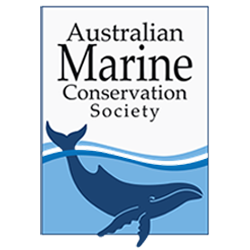Tailgating
Posted by: JohnC
28th Jan 2011 07:29am
JohnC
- 18th Feb 2011 04:00am
This is just absolute nonsense. People tailgate because they are impatient. It doesn't matter if you are on a 2 way minor road or a 6 lane freeway. It still happens. I saw it as recently as yesterday, a 2 lane raod (1 lane in each direction) a bus about 5 metres behind a truck, both doing close to 100km/hr. It is total madness. Anyoone who defends it is probably a chronic tailgater anyway. Don't you people know anything about human reaction time? If you are driving at 100km/hr, that is approximately 28 m/sec. The measured reaction time of college age students is about 160 msec in ideal conditions. It gets longer as people get older. So if you are travelling at 100 km/hr and the vehicle in front stops suddenly for some reason, if you are less than 17m behind it you WILL hit it, simply because your brain does not realise it has stopped. 17m is about 6 or 7 car lengths.
Help Caféstudy members by responding to their questions, or ask your own in Café Chat, and you will get the chance of earning extra rewards. Caféstudy will match these and donate equally to our two chosen Australian charities.



